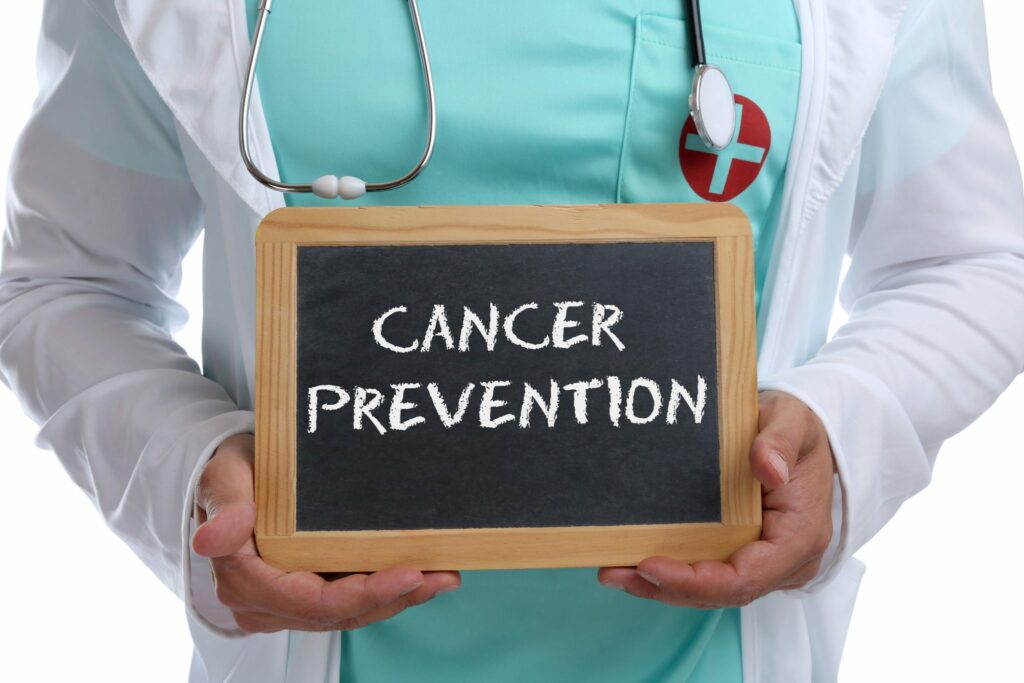April is National Oral Cancer Awareness Month

April is National Oral Cancer Awareness Month, and our Springfield, Oregon dentist at McKenzie River Dental want to help shed some light on this destructive and deadly disease.
Oral cancer develops as a sore or growth in the mouth that does not heal or go away. The term oral cancer also refers to not just one type of cancer, but to a variety that can include cancers of the mouth, cheeks, tongue, and lips.
Despite oral cancer only accounting for less than 5 percent of all cancer diagnoses in the U.S., the disease carries a higher mortality rate than testicular, thyroid, and throat cancer. This increased rate of oral cancer deaths isn’t the result of the disease being hard to detect or treat, but rather from the fact that many patients fail to receive a diagnosis until late in its development.
As with most forms of cancer, the earlier the disease is detected, the higher a patient’s chance of recovery.
The Symptoms of Oral Cancer
Oral cancer can develop as a variety of symptoms, some so minor they may escape notice. Since early detection is the key when treating the disease, understanding the potential early warning signs of oral cancer is key.
The most common symptoms of oral cancer include:
- Swelling, bumps or lumps, rough patches, or deteriorated areas of the gum, lips, or other areas inside the mouth.
- The development of red or white spots in the mouth.
- Unexplained oral bleeding.
- Unexplained numbness, loss of feeling, or discomfort in the neck, face, mouth, or ear.
- A persistent soreness or feeling of something being caught in the back of your throat.
- Trouble swallowing, chewing, or speaking.
- Difficulty moving your tongue or jaw.
- Chronic sore throat or a change in the sound of your voice.
- A change in the way your dentures or teeth fit together.
- Significant unexplained weight loss.
- A lump or bulge in the neck.
If you notice any of these symptoms, contact your Springfield, Oregon dentist immediately.
Risk Factors for Oral Cancer?
Roughly 70 percent of all oral cancer diagnoses occur in men, with over the age of 50 at the greatest risk. Oral cancer ranks as the sixth most common type of cancer diagnosed in men.
Risk factors for the disease include:
- Whether using cigarettes, a pipe, cigars, or smokeless tobacco, smokers are six times more likely to develop a form of oral cancer when compared to nonsmokers.
- Excessive alcohol consumption. Excessive drinkers are also six time more likely to develop oral cancers when compared to those who drink moderately or not at all. While alcohol is less potent than tobacco when it comes to causing oral cancer, the combination of alcohol with tobacco results in a far higher risk of developing the disease, compared to either agent individually.
- A family history of cancer.
- Excessive exposure to the sun for lip cancer.
- Poor dietary habits.
- Smoking marijuana.
Diagnosing Oral Cancer
During your routine exams, our Springfield, Oregon dentist will conduct an oral cancer screening. During these screenings, our team will check for irregular tissue changes or lumps in your face, head, neck, and mouth. When examining your mouth, any signs of discoloration or sore will be noted and tested to confirm a cancer diagnosis.
If a scalpel biopsy is required, a local anesthesia will be applied to the area to alleviate any discomfort while a sample is taken. These types of test are required to detect oral cancer, before the disease has a chance to progress.
Treating Oral Cancer
In most cases, oral cancer is treated early on with either surgery or radiation therapy. In more advanced cases of the disease, a combination of radiation with chemotherapy, with or withoutA surgery, is typically required.
